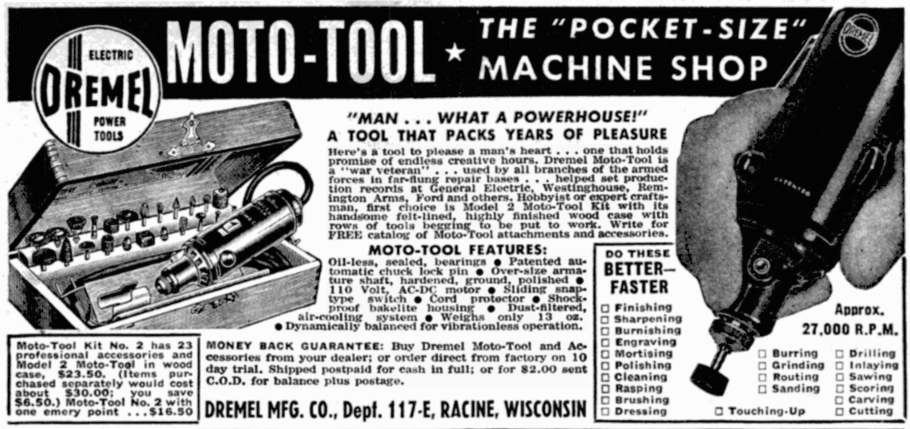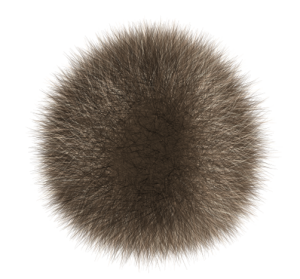Science with powertools
 One of our projects in the cetacean collection involves taking bone and baleen samples to extract stable isotope data (see this post). Often you’ll see in the literature that “samples were taken” but you don’t always get a full sense of how this works. Hence a post about a computational biologist, a powertool, and some 90 year old whale dust!
One of our projects in the cetacean collection involves taking bone and baleen samples to extract stable isotope data (see this post). Often you’ll see in the literature that “samples were taken” but you don’t always get a full sense of how this works. Hence a post about a computational biologist, a powertool, and some 90 year old whale dust!
One of the more frustrating aspects of academic life are the weird peaks and troughs of activity on projects. Things often move glacially slowly through the planning stages, then suddenly there’s a mad rush at the last minute when things come together. This is why, after months of slow planning, I ended up rushing to a DIY store an hour before it closed to buy a Dremel.
Full disclosure - I am a mostly computational biologist. My life is spent in front of a computer except for trips to the collections and occasional field work (I go to the field once every 2-3 years, remember why I don’t do fieldwork, and don’t go into the field for another 2-3 years!). It should not come as a surprise therefore, that I was woefully unprepared for our first trip to the cetacean collections to collection baleen samples. I had planned the transport, food, meeting times etc. but had not even considered “equipment”. Thus the email from Richard Sabin (Vertebrates curator) a few days before we were due to visit the collections suggesting I bring my lab coat, safety goggles and a Dremel with cutting blade attachments, was quite a surprise! I haven’t worn a labcoat to do science for over ten years, apart from when teaching undergraduate students R in a lab as we didn’t have another room big enough to hold over a 100 people. I’d never heard of a Dremel!
I managed to dig up the safety gear from the stores, but had to go out and buy a Dremel. I’m a fan of DIY stores so this was quite an exciting prospect, and fairly straightforward apart from the rush. I sadly didn’t get to explain what I wanted it for to anyone in the shop. I then had to carry two reference books, a Dremel, four labcoats, four dust masks, four sets of safety googles, 50 sterile tubes, a laptop etc. across London in rush hour. When parts of the kit, including surgical scissors and gloves, slid out on the tube I’m pretty sure some of the tourists thought I was preparing an elaborate murder! Well at least it gave me a bit more space, and it all got to the right place in the end.
The funniest part of this whole experience is when I actually ended up using the Dremel to slice off some baleen for our project. Due to difficulties on our first day in the collections, I had to return alone to sort out all the samples to send to Southampton. Richard was in the collections that day and had a visiting student with him looking at using the collection for a archaeological monograph to help archaeologists ID whale bones found in their plots (cool idea!). At the point that I was ready to slice my baleen, Richard got called away leaving the student to look round the collection. He was understandably curious about what I was doing. I was understandably nervous about having an innocent bystander so close to me brandishing a powertool! After a bit of extremely British “maybe you could stand further back” or reading between the lines “go away I’m possibly about to do something really stupid!” I got started. I don’t think I’ve ever seen someone move away as quickly as this student did. I put the blade to the baleen and immediately there was a) a horrible burnt hair smell (baleen is made of keratin so this is unsurprising, but still gross!), and b) a huge cloud of whale dust plus all the dust that had settled on the specimen over the years. What followed was a gentle rain of dust plus bits of 90 year old baleen. Delightful! Definitely the first time I’ve gone home and had to shower off whale before making dinner! Apparently I also had a somewhat manic glint in my eye as I was slicing - this is why you don’t mix computational biologists and powertools!
The baleen samples are now all collected and have headed to Southampton for the next stage of the process. And my Dremel is safely in a locker waiting for the next time I get to brandish it in the name of science!
Natalie
@nhcooper123
